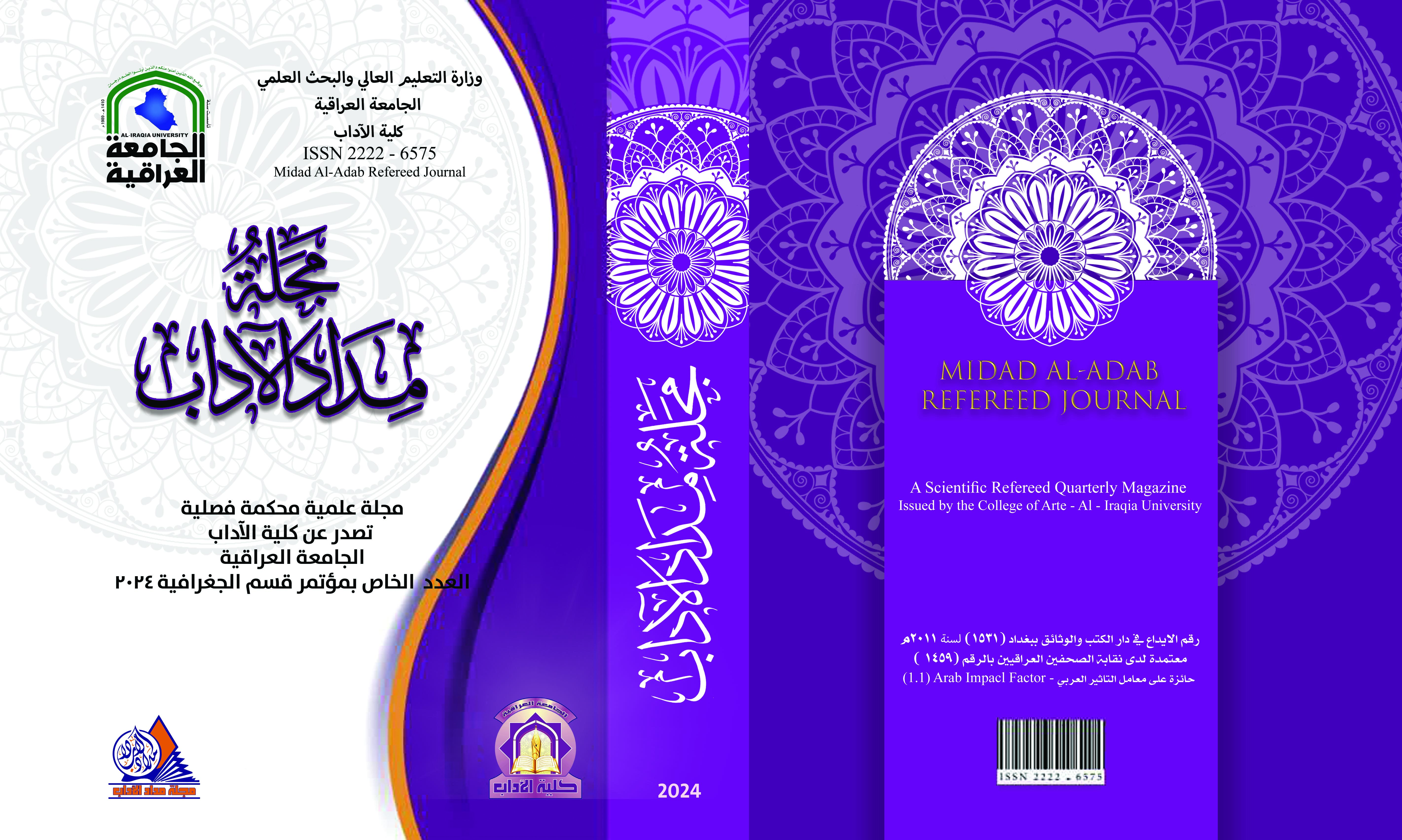The Accuracy of Matching, satellite Data With Ground Data is Evaluated by Monitoring warm Air Masses Entering Iraq
DOI:
https://doi.org/10.58564/ma.v14iالعدد%20الخاص%20بمؤتمر%20قسم%20الجغرافية.1426Keywords:
Key words: - Spectral bands, satellite image, digital processing, air masses, satellite stations.Abstract
The study aims to identify and evaluate the accuracy of data extracted from satellite Images and the extent to which it matches the reality of ground station data. There is a problem with the varying accuracy of climate data in both cases. To achieve the goal of the study, daily temperature and rain data were adopted, in addition to the codes (daily readings) taken from the climate stations for the year 2018 for four ground climate stations (Mosul, Rutbah, Baghdad, and Basra (Al-Hussein)), in addition to satellite data represented by the IR thermal beam within the wave range. 10.1-12.1, the visual band VS and the two water vapor bands WV are within the range (6.2-7.3). The study relied on the automated analysis and interpretation of satellite visuals to determine the type of hot air masses entering Iraq, taken from the Meteosat8 satellite, after conducting digital processing of them using software for technology. Remote sensing, such as Arc GIS Map V.10.3 and Erdas (Imagine V2015), in addition to analyzing, interpreting and classifying available satellite visualizations of air masses and linking them to climatological analysis of climate data through special interpretive tables for the reflectivity values of space visualizations of temperature and humidity, which helped in Knowing the air temperature and its direction, as well as the density of water vapor and clouds in the atmosphere. The study concluded that matching hot air masses in space data with terrestrial data within interpretive tables could be relied upon to assess the extent of correspondence between the two cases and the extent of its impact on the climate of Iraq during the summer. It turns out that the tropical and subtropical masses are the most dominant in the stations of the study area and differ among themselves in terms of heat and moisture content, and their frequency differs during each month of the year.
Downloads
Published
Issue
Section
License

This work is licensed under a Creative Commons Attribution-NonCommercial-NoDerivatives 4.0 International License.








